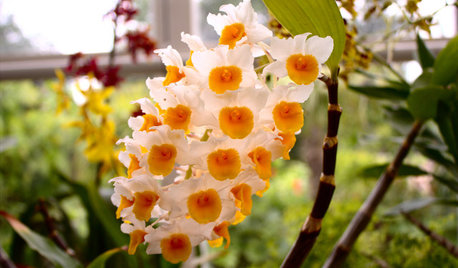Mosser Lee's Sphagnum Moss
mercygarden
15 years ago
Related Stories

HOUSEPLANTS8 Essentials for Healthy Indoor Plants
Houseplants add so much to our homes — and can thrive when grown in the right conditions. Keep these tips in mind
Full Story
HOUSEPLANTSOrchids 101: Try Something Different With Dendrobiums
If you’re looking for something out of the ordinary, these orchids may be a good choice
Full Story






Kimmsr
mercygardenOriginal Author
Related Professionals
Beachwood Landscape Architects & Landscape Designers · Essex Landscape Architects & Landscape Designers · Glen Ellyn Landscape Architects & Landscape Designers · Lakewood Landscape Architects & Landscape Designers · North New Hyde Park Landscape Architects & Landscape Designers · Tomball Landscape Architects & Landscape Designers · Buford Landscape Contractors · Burlington Landscape Contractors · Wakefield Landscape Contractors · Bell Gardens Landscape Contractors · Hayward Landscape Contractors · Holtsville Landscape Contractors · Monterey Landscape Contractors · Fort Worth Decks, Patios & Outdoor Enclosures · Surfside Decks, Patios & Outdoor EnclosuresCorinneKL_aol_com
tapla (mid-Michigan, USDA z5b-6a)